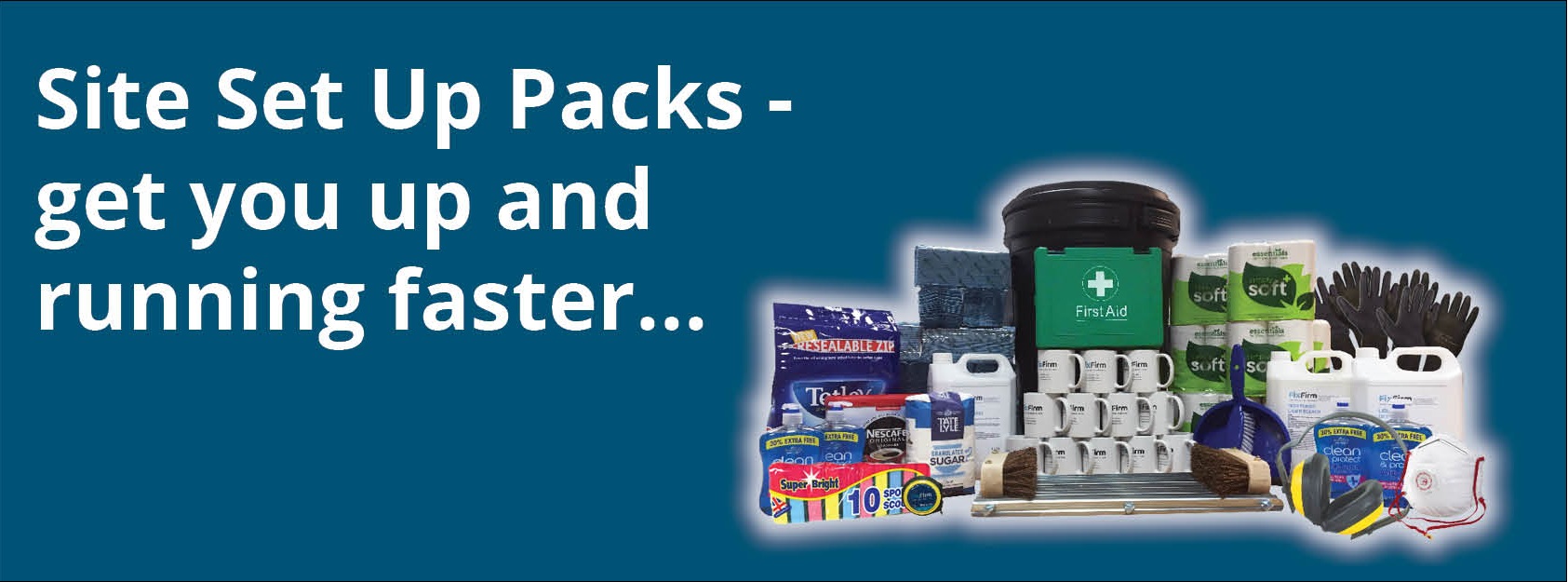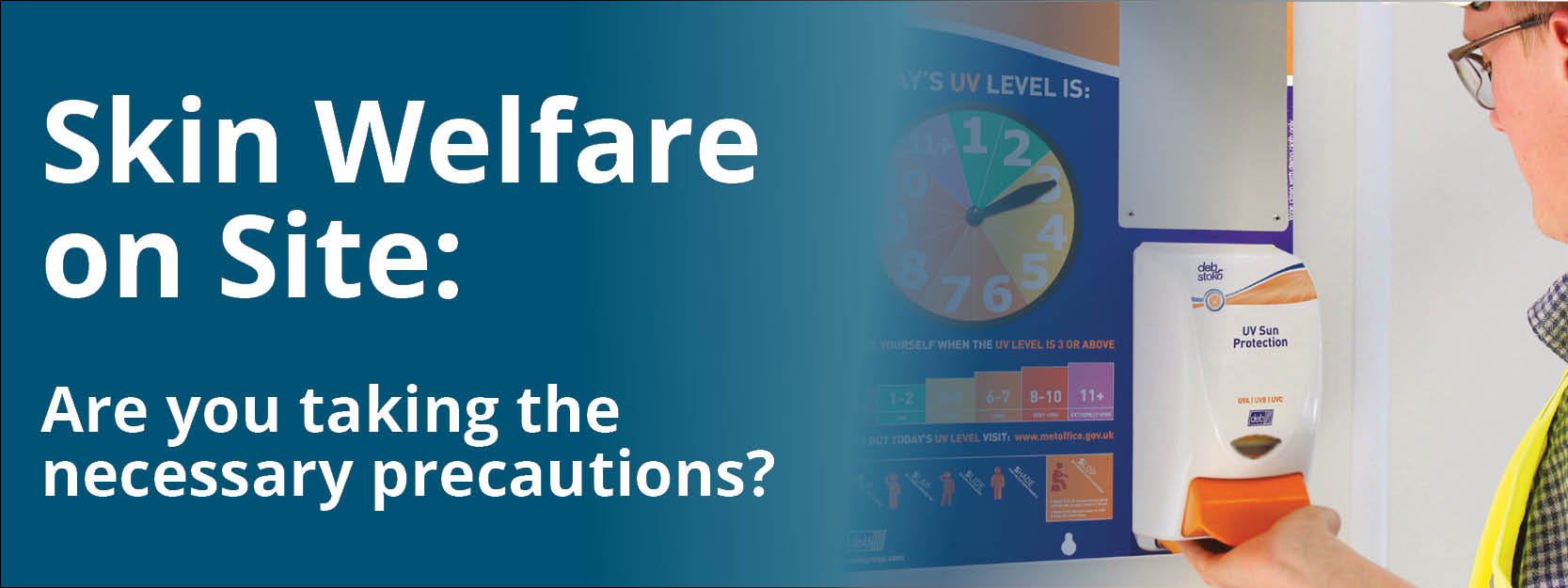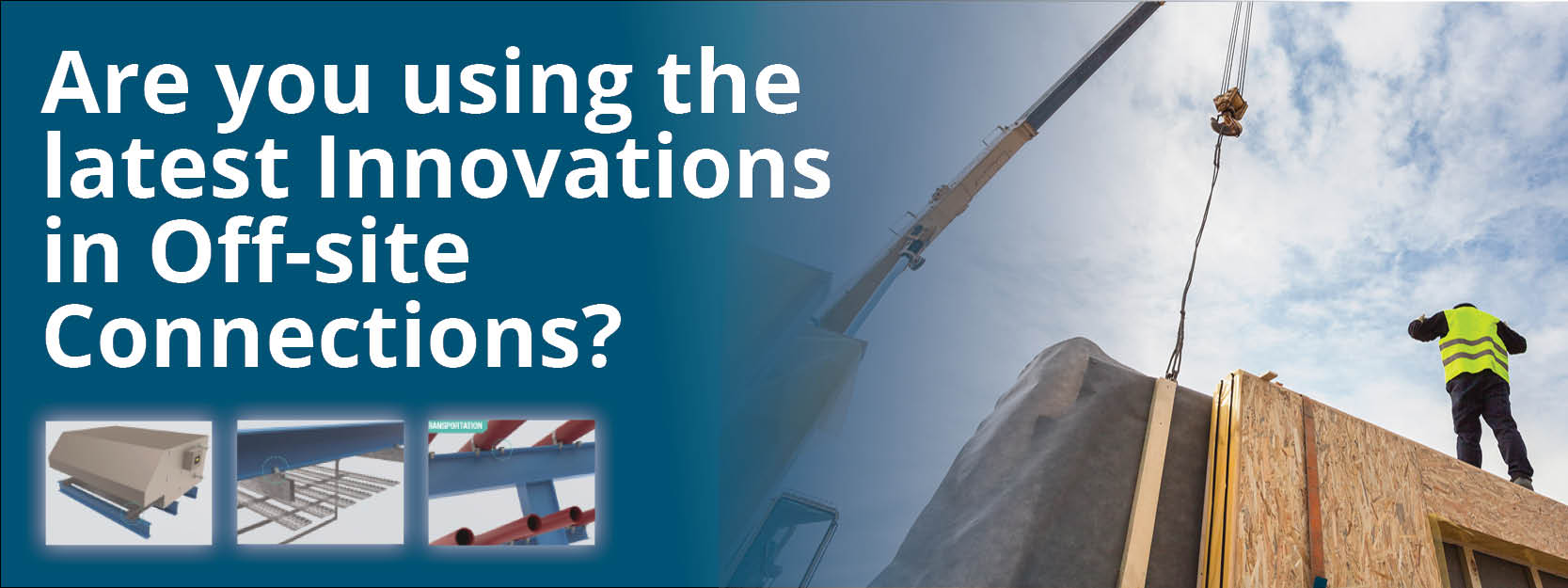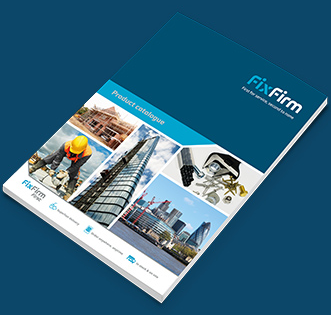Construction dust: Is your site compliant?
Regardless of the site you’re working on, one thing remains the same, the amount of construction dust that’s generated.
Some of the most common construction jobs create high dust levels, so much so, employers have a legal duty to prevent and adequately control their employees’ level of exposure to construction dust.
According to guidance published by the Health and Safety Executive (HSE), regularly breathing in construction dust can cause diseases like lung cancer, asthma, Chronic Obstructive Pulmonary Disease (COPD), which includes emphysema and other breathing difficulties, and silicosis. Silica is the second biggest killer of construction workers after asbestos, with more than 500 construction workers reportedly dying from exposure to silica dust every year.

Dry brushing vs. vacuuming construction dust
1. Dry brushing
While dry brushing may seem like the obvious choice, sweeping concrete dust and other building debris produces high levels of dust. And depending on how much material you are sweeping and the type (i.e. silica or wood dust), the greater the health risk. (Take a look at this video of how dry brushing pushes large amounts of dust into the air).
2. Vacuuming
Contrary to popular belief, vacuuming is the safest and most effective way to tackle construction dust. Extraction units enable you to effectively reduce the amount of silica, quickly remove dust and eliminate resettling, which is demonstrated in this best practice video .
However, it’s important to note that you shouldn’t just select your industrial vacuum based on its effectiveness, it also needs to comply with The Control of Substances Hazardous to Health Regulations 2002 (COSHH).
What makes vacuums compliant?
Industrial vacuums are available in three different classes – L, M and H. While many construction workers may opt for Class L models because they tend to be cheaper, they actually need to invest in a Class M model because they:
- Provide effective and reliable filtration levels – they are capable of removing 99.9% of dust, including all non-carcinogenic dusts, such as hardwood dust
- Enable the right flow volume
- Are fitted with filter efficiency monitors and alarms
For instance, an M class vacuum you might want to choose, which is recommended by the Home Builders’ Federation, is the V-TUF specification. (Watch out for a new battery-powered version that’s coming soon and has been specifically designed to eliminate vacuum cord trips!)
Class H is for all health endangering dusts, carcinogenic dust and dust contaminated with germs and bacteria, and asbestos removal. Furthermore, Zone 22 rated vacuums should be used in potentially explosive environments, such as flour mills, bakeries, oil works and anywhere where very fine dust is present.
For more information about maintaining compliance and tackling construction dust safely and effectively, contact us on 08005944444 or hello@fixfirm.com . In the meantime, discover the true impact of site waste in our blog, ‘Site waste will cost you more than money.’








